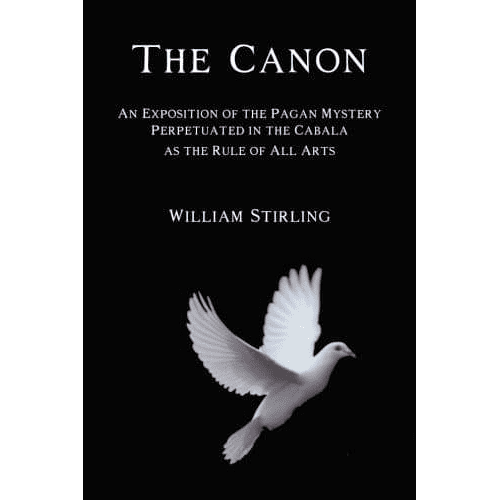Next-Day Shipping During Holy Week (April 29-May 5)
Next-Day Shipping During Holy Week (April 29-May 5)
Next-Day Shipping During Holy Week (April 29-May 5)
Next-Day Shipping During Holy Week (April 29-May 5)
Next-Day Shipping During Holy Week (April 29-May 5)
Next-Day Shipping During Holy Week (April 29-May 5)
Next-Day Shipping During Holy Week (April 29-May 5)
Next-Day Shipping During Holy Week (April 29-May 5)
Next-Day Shipping During Holy Week (April 29-May 5)
Next-Day Shipping During Holy Week (April 29-May 5)
Next-Day Shipping During Holy Week (April 29-May 5)
Next-Day Shipping During Holy Week (April 29-May 5)
Next-Day Shipping During Holy Week (April 29-May 5)
Next-Day Shipping During Holy Week (April 29-May 5)
Next-Day Shipping During Holy Week (April 29-May 5)
Next-Day Shipping During Holy Week (April 29-May 5)
Next-Day Shipping During Holy Week (April 29-May 5)
Next-Day Shipping During Holy Week (April 29-May 5)
Next-Day Shipping During Holy Week (April 29-May 5)
Next-Day Shipping During Holy Week (April 29-May 5)
Next-Day Shipping During Holy Week (April 29-May 5)
Next-Day Shipping During Holy Week (April 29-May 5)
Next-Day Shipping During Holy Week (April 29-May 5)
Next-Day Shipping During Holy Week (April 29-May 5)
Next-Day Shipping During Holy Week (April 29-May 5)
Next-Day Shipping During Holy Week (April 29-May 5)
Next-Day Shipping During Holy Week (April 29-May 5)
Next-Day Shipping During Holy Week (April 29-May 5)
Next-Day Shipping During Holy Week (April 29-May 5)
Next-Day Shipping During Holy Week (April 29-May 5)
Next-Day Shipping During Holy Week (April 29-May 5)
Next-Day Shipping During Holy Week (April 29-May 5)
Next-Day Shipping During Holy Week (April 29-May 5)
Next-Day Shipping During Holy Week (April 29-May 5)
Next-Day Shipping During Holy Week (April 29-May 5)
















